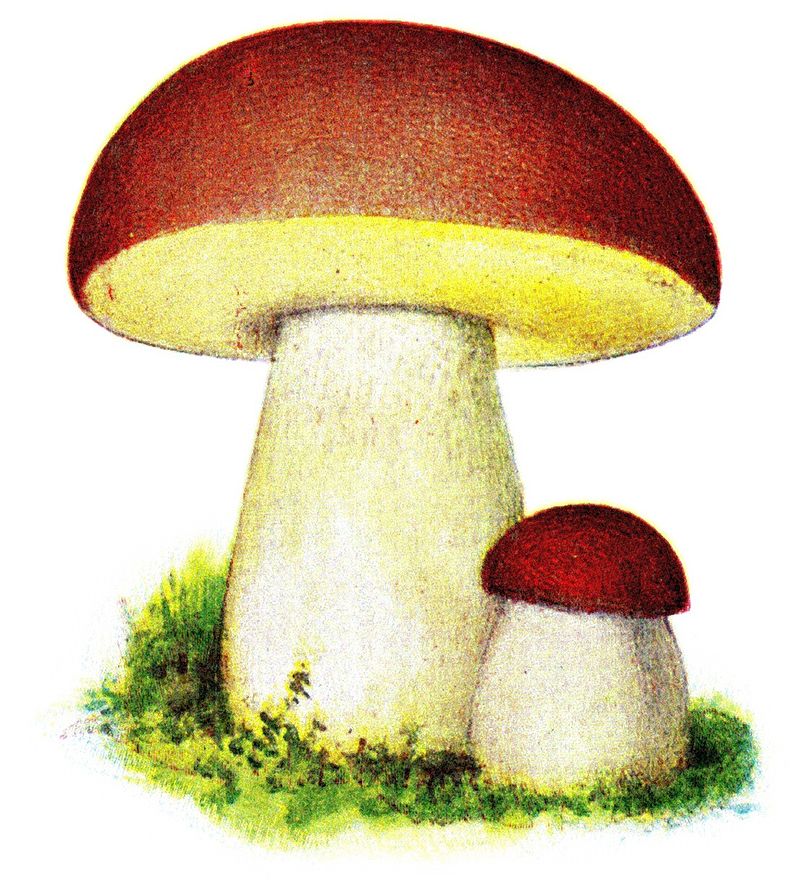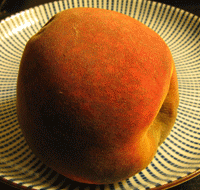NATIVE AMERICANS
There are about 5, 220, 500 Native Americans today. The usual theory of the settlement of the Natives, is that they came from Eurasia to America over a land bridge which connected from America to Eurasia, which the land bridge is now the Bering Strait. The number of the migrating people is uncertain, and the land bridge was believed to only have existed until about 12, 000 years ago. The Folsom Tradition was characterized by sharpened stones called 'arrow heads', and the particular design of arrow heads from the Folsom, called 'Folsom projectiles'.
Crops that the Natives grew were usually cotton, sunflower, squash, pumpkins, tobacco, goosefoot, knotgrass, and sump weed. In the South West they grew beans next to corn, so the bean would be able to form a vine on the corn stalks.The most important crop they grew, was maize. Maize was important to the Natives, because it was part of their every day diet, and it could be stored underground in pits during winter, and they used every part of the plant. The husks were made into crafts, and the cob was used for fuels in making fires.
The Natives commonly used tools such as, hoes, mauls, and dibbers. The hoe was the main tool used to prepare land for growing crops, then eventually it was used for weeding. The first versions were made of wood and stone, but when the settlers brought iron, the Natives then used iron hoes and hatchets.The dibber was a digging stick used to plant seeds. once plants were harvested, women prepared them for eating. They used the maul for grinding corn. The grinded corn was cooked then eaten, or cooked for bread.
The languages they speak include english, o'odham, spanish, zuni, ojibwe, cherokee, keres, western apache, dakota, and navajo.
Friday, June 3, 2016
Friday, April 22, 2016
PORTUGUESE MAN OF WAR
 The Portuguese man of war, or blue bubble, man of war, or floating terror, is a marine cnidarian. The Portuguese man of war is not a jellyfish, but it is a siphonophore, and is a siphonophore because it is made up of other animals called zooids. The man o' war's gas filled bladder, floats at the surface of the ocean, while the rest, are submerged. storms and strong wind blow man o' wars to shore, making them beached but, they still are very deadly with their venom. man o' wars can have a gas bladder the size of 9- 30cm, and tentacles as long as 10- 30m.
The Portuguese man of war, or blue bubble, man of war, or floating terror, is a marine cnidarian. The Portuguese man of war is not a jellyfish, but it is a siphonophore, and is a siphonophore because it is made up of other animals called zooids. The man o' war's gas filled bladder, floats at the surface of the ocean, while the rest, are submerged. storms and strong wind blow man o' wars to shore, making them beached but, they still are very deadly with their venom. man o' wars can have a gas bladder the size of 9- 30cm, and tentacles as long as 10- 30m.
 The Portuguese man of war, or blue bubble, man of war, or floating terror, is a marine cnidarian. The Portuguese man of war is not a jellyfish, but it is a siphonophore, and is a siphonophore because it is made up of other animals called zooids. The man o' war's gas filled bladder, floats at the surface of the ocean, while the rest, are submerged. storms and strong wind blow man o' wars to shore, making them beached but, they still are very deadly with their venom. man o' wars can have a gas bladder the size of 9- 30cm, and tentacles as long as 10- 30m.
The Portuguese man of war, or blue bubble, man of war, or floating terror, is a marine cnidarian. The Portuguese man of war is not a jellyfish, but it is a siphonophore, and is a siphonophore because it is made up of other animals called zooids. The man o' war's gas filled bladder, floats at the surface of the ocean, while the rest, are submerged. storms and strong wind blow man o' wars to shore, making them beached but, they still are very deadly with their venom. man o' wars can have a gas bladder the size of 9- 30cm, and tentacles as long as 10- 30m.
Wednesday, March 30, 2016
Monday, March 14, 2016
Sunday, March 13, 2016
Catfish
Catfish are fish in the order Siluriformes named for there whisker like sensor barbels. Catfish all have different sizes and behavior, and can range from sizes of 9 centimeters to 2 meters. Some species of catfish are parasitic, like the candiru. Some species have armored plates and some just have soft skin. Despite its name some catfish don`t have whiskers. Catfish are identified by their skull and swimbladder.

Catfish are fish in the order Siluriformes named for there whisker like sensor barbels. Catfish all have different sizes and behavior, and can range from sizes of 9 centimeters to 2 meters. Some species of catfish are parasitic, like the candiru. Some species have armored plates and some just have soft skin. Despite its name some catfish don`t have whiskers. Catfish are identified by their skull and swimbladder.

Flying squid
 The ommastrephidae is a family of squid containing 3 subfamilies, 11 genera, and about 25 species. They are distributed globally and fished for food. The Japanese flying squid makes around half the worlds cephalopod catches. Some members of ommastrephidae are known to have the ability to glide out of the water like a flying fish, earning their common name of flying `squids`.
The ommastrephidae is a family of squid containing 3 subfamilies, 11 genera, and about 25 species. They are distributed globally and fished for food. The Japanese flying squid makes around half the worlds cephalopod catches. Some members of ommastrephidae are known to have the ability to glide out of the water like a flying fish, earning their common name of flying `squids`.
 The ommastrephidae is a family of squid containing 3 subfamilies, 11 genera, and about 25 species. They are distributed globally and fished for food. The Japanese flying squid makes around half the worlds cephalopod catches. Some members of ommastrephidae are known to have the ability to glide out of the water like a flying fish, earning their common name of flying `squids`.
The ommastrephidae is a family of squid containing 3 subfamilies, 11 genera, and about 25 species. They are distributed globally and fished for food. The Japanese flying squid makes around half the worlds cephalopod catches. Some members of ommastrephidae are known to have the ability to glide out of the water like a flying fish, earning their common name of flying `squids`. Saturday, March 12, 2016
Bees
Bees are insects closely related to wasps and ants, that produce pollen used in making honey.
 Bees are in the superfamily Apoidea.
Bees are in the superfamily Apoidea.
There are 20, 000 species of bees, in 7 different families, though many bees are undiscovered. They can be found everywhere except polar regions and oceans, everywhere where there is flowering plants (plants with flowers). Some species such as bumblebees, honeybees, and stingless bees live in colonies. Bees have adapted to feed on nectar and pollen using a long tongue. The pollen produced by bees is used as food for larvae.
Bees are insects closely related to wasps and ants, that produce pollen used in making honey.
 Bees are in the superfamily Apoidea.
Bees are in the superfamily Apoidea.There are 20, 000 species of bees, in 7 different families, though many bees are undiscovered. They can be found everywhere except polar regions and oceans, everywhere where there is flowering plants (plants with flowers). Some species such as bumblebees, honeybees, and stingless bees live in colonies. Bees have adapted to feed on nectar and pollen using a long tongue. The pollen produced by bees is used as food for larvae.
Friday, March 11, 2016
 Ammonites
AmmonitesAmmonites are an extinct group of mollusks in the subclass Ammonoidea of the class cephalopoda. The ammonites are more related to octopus and squids than nautiloids (shelled cephalopods), such as the living nautilus. The first species appeared in the Devonian period, then died out in the late crutaceous- paleogene period, but fossils can still be found today.
Thursday, March 3, 2016
Monday, February 29, 2016
SQUIDS
Squids are Cephalopods in the order Teuthida, which has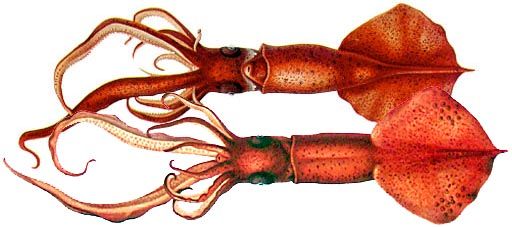
about 304 species. Like all Cephalopods, squids have a head, arms, bilaterally symmetrical, fins, and mantle. Like cuttlefish squids have 8 arms arranged in pairs of two, most of the time longer. Squids are strong swimmers, some can even `fly` through the water doing a long glide or propels themselves through the water fast.
Squids are in the class Cephalopoda, subclass Coleoidea, and order Teuthida, which has two major suborders, Myopsina and Oegopsina. Teuthida is the biggest cephalopod order including 300 species and 29 families.
The order Teuthida is a member of the suborder Decapodiformes (in Greek meaning `ten legs`). Two other orders of Decapodiformes cephalopods are squids, recognizable for their long slimy arms and elongated body. They are bobtail squids in the order Sepiolida and the rams horn squid Spirulida. The vampire squid is more related to octopuses than squids.
Members of Cephalopoda:
Nautiloids: nautiluses
Ammonoidea: Ammonites
Belemnoidea: extinct belemnoids
Spirulida: ram`s horn squid
Sepiida: cuttlefish
Sepiolida: bobtail squids
Teuthida: squid
Octopoda: octopus
Vampyromorphida: vampire squid
Loliginidae: inshore, calamari, grass squid
Ancistrocheiridae: sharpear enope squid
Architeuthidae: giant squid
Batoteuthidae: bush-club squid
Chtenopterygidae: comb-finned squids
Cranchiidae: glass squids
Gonatiae: armhook squid
Histioteuthidae: jewel squid
Joubiniteuthidae: Joubin`s squid
Lepidoteuthidae: Grimaldi scaled squid
Magnapinnidae: bigfin squid
Mastigoteuthidae: whip-lash squid
Ommastrephidae: flying squid
Squids are Cephalopods in the order Teuthida, which has

about 304 species. Like all Cephalopods, squids have a head, arms, bilaterally symmetrical, fins, and mantle. Like cuttlefish squids have 8 arms arranged in pairs of two, most of the time longer. Squids are strong swimmers, some can even `fly` through the water doing a long glide or propels themselves through the water fast.
Squids are in the class Cephalopoda, subclass Coleoidea, and order Teuthida, which has two major suborders, Myopsina and Oegopsina. Teuthida is the biggest cephalopod order including 300 species and 29 families.
The order Teuthida is a member of the suborder Decapodiformes (in Greek meaning `ten legs`). Two other orders of Decapodiformes cephalopods are squids, recognizable for their long slimy arms and elongated body. They are bobtail squids in the order Sepiolida and the rams horn squid Spirulida. The vampire squid is more related to octopuses than squids.
Members of Cephalopoda:
Nautiloids: nautiluses
Ammonoidea: Ammonites
Belemnoidea: extinct belemnoids
Spirulida: ram`s horn squid
Sepiida: cuttlefish
Sepiolida: bobtail squids
Teuthida: squid
Octopoda: octopus
Vampyromorphida: vampire squid
Loliginidae: inshore, calamari, grass squid
Ancistrocheiridae: sharpear enope squid
Architeuthidae: giant squid
Batoteuthidae: bush-club squid
Chtenopterygidae: comb-finned squids
Cranchiidae: glass squids
Gonatiae: armhook squid
Histioteuthidae: jewel squid
Joubiniteuthidae: Joubin`s squid
Lepidoteuthidae: Grimaldi scaled squid
Magnapinnidae: bigfin squid
Mastigoteuthidae: whip-lash squid
Ommastrephidae: flying squid
Sunday, February 28, 2016
LICHEN
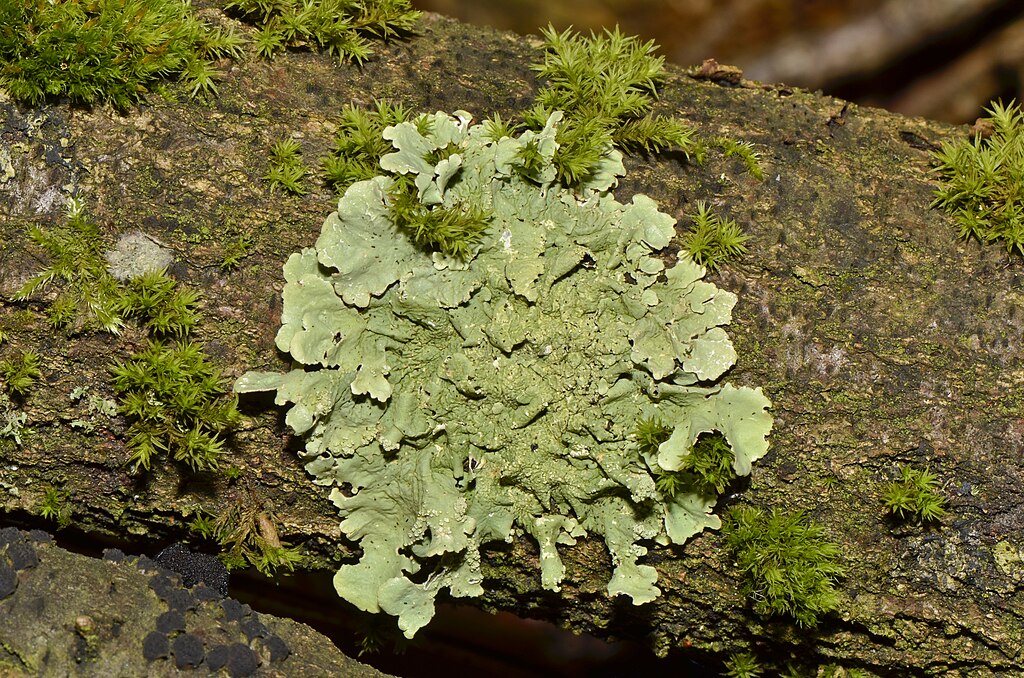 Lichens are composite organisms rising from wood, algae and dead leaves stuff like that. Lichens may look like plants, but they are actual fungi, as they use spores instead of seeds and have leafless branches as well as no flowers, as all plants (besides conifers) have flowers, and lichens don't have flowers.
Lichens are composite organisms rising from wood, algae and dead leaves stuff like that. Lichens may look like plants, but they are actual fungi, as they use spores instead of seeds and have leafless branches as well as no flowers, as all plants (besides conifers) have flowers, and lichens don't have flowers.
 Lichens are composite organisms rising from wood, algae and dead leaves stuff like that. Lichens may look like plants, but they are actual fungi, as they use spores instead of seeds and have leafless branches as well as no flowers, as all plants (besides conifers) have flowers, and lichens don't have flowers.
Lichens are composite organisms rising from wood, algae and dead leaves stuff like that. Lichens may look like plants, but they are actual fungi, as they use spores instead of seeds and have leafless branches as well as no flowers, as all plants (besides conifers) have flowers, and lichens don't have flowers. Saturday, February 27, 2016
BEANS

Beans is a common name for large plant seeds in pods consumed by humans and animals in the family Fabaceae.
Beans were originally referred to as seeds from the broad, or fava bean, but was later expanded to include members of the New World genus Phaseolus, such as the common bean and runner bean, and also later included the related genus Vigna. The word is now referred to other Old world plants such as chickpeas, soybeans, peas, vetches, and lupins.
The bean was also used as a synonym of pulse, an edible vegetable, though pulse is not related to beans, as it is a crop grown for its dry grain. The term beans exclude plants that are used for oil extractions, (such as soy-beans and peanuts) as well as plants that are used for sowing (such as clover and alfalfa). Crops such as snap peas and snow peas, and so on, are not considered beans because they are a vegetable crop. According to the United Nations Food and Agriculture the word bean should only be used for members of the family Phaseolus, however a strict consensus definition has proven in the past that beans from other families (such as azuki bean, black gram, green gram, and moth bean) were classified in the family Phaseolus and later reclassified.

Beans is a common name for large plant seeds in pods consumed by humans and animals in the family Fabaceae.
Beans were originally referred to as seeds from the broad, or fava bean, but was later expanded to include members of the New World genus Phaseolus, such as the common bean and runner bean, and also later included the related genus Vigna. The word is now referred to other Old world plants such as chickpeas, soybeans, peas, vetches, and lupins.
The bean was also used as a synonym of pulse, an edible vegetable, though pulse is not related to beans, as it is a crop grown for its dry grain. The term beans exclude plants that are used for oil extractions, (such as soy-beans and peanuts) as well as plants that are used for sowing (such as clover and alfalfa). Crops such as snap peas and snow peas, and so on, are not considered beans because they are a vegetable crop. According to the United Nations Food and Agriculture the word bean should only be used for members of the family Phaseolus, however a strict consensus definition has proven in the past that beans from other families (such as azuki bean, black gram, green gram, and moth bean) were classified in the family Phaseolus and later reclassified.
Friday, February 26, 2016
POLYCHAETE WORMS
 Polychaete worms are scale worms found in marine habitats. These worms are sometimes called 'bristle worms' because they often bear spines. These worms can be found in small rivers, all the way to the deepest depths of the ocean, as in the Challenger Deep expedition, a small 2-3cm polychaete worm was found right at the bottom of the Mariana trench. There are more than 100,000 species of polychaete worms. Common representatives of polychaete worms are the lugworm, sandworm, and clamworm. Only 2% (168 species) of the polychaetes are found in fresh water. Polychaetes range in size from 2cm to 3m.
Polychaete worms are scale worms found in marine habitats. These worms are sometimes called 'bristle worms' because they often bear spines. These worms can be found in small rivers, all the way to the deepest depths of the ocean, as in the Challenger Deep expedition, a small 2-3cm polychaete worm was found right at the bottom of the Mariana trench. There are more than 100,000 species of polychaete worms. Common representatives of polychaete worms are the lugworm, sandworm, and clamworm. Only 2% (168 species) of the polychaetes are found in fresh water. Polychaetes range in size from 2cm to 3m.
 Polychaete worms are scale worms found in marine habitats. These worms are sometimes called 'bristle worms' because they often bear spines. These worms can be found in small rivers, all the way to the deepest depths of the ocean, as in the Challenger Deep expedition, a small 2-3cm polychaete worm was found right at the bottom of the Mariana trench. There are more than 100,000 species of polychaete worms. Common representatives of polychaete worms are the lugworm, sandworm, and clamworm. Only 2% (168 species) of the polychaetes are found in fresh water. Polychaetes range in size from 2cm to 3m.
Polychaete worms are scale worms found in marine habitats. These worms are sometimes called 'bristle worms' because they often bear spines. These worms can be found in small rivers, all the way to the deepest depths of the ocean, as in the Challenger Deep expedition, a small 2-3cm polychaete worm was found right at the bottom of the Mariana trench. There are more than 100,000 species of polychaete worms. Common representatives of polychaete worms are the lugworm, sandworm, and clamworm. Only 2% (168 species) of the polychaetes are found in fresh water. Polychaetes range in size from 2cm to 3m.
BEETLES
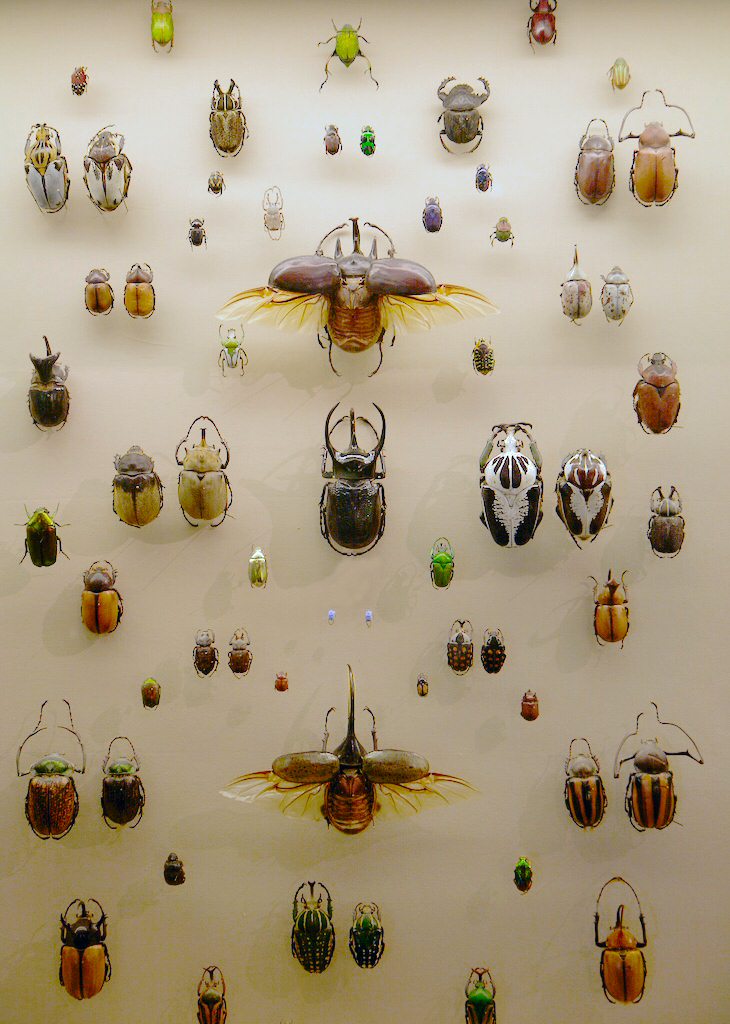
Beetles are a group of insects from the family Coleoptera. About 25% of earth's life is beetles, and only about 40% of the beetles on earth are discovered. There are 400,000 known species, and estimated about 1,000,000 beetles in total, leaving about 60% more to discover. The distribution of beetles is basically worldwide, besides polar regions and oceans, but everywhere else you can find beetles. They often feed on plants, fungi, and dead humus (debris on forest floor), and some feed on other invertebrates. some even feed on birds and mammals. Some species of beetles are pests, feeding off crops and destroying forests. But others, such as ladybirds or ladybugs (family Coccinellidae), feed on beetles and other invertebrates that destroy crops and forests, helping control the number of dead trees or destroyed crops.

Beetles are a group of insects from the family Coleoptera. About 25% of earth's life is beetles, and only about 40% of the beetles on earth are discovered. There are 400,000 known species, and estimated about 1,000,000 beetles in total, leaving about 60% more to discover. The distribution of beetles is basically worldwide, besides polar regions and oceans, but everywhere else you can find beetles. They often feed on plants, fungi, and dead humus (debris on forest floor), and some feed on other invertebrates. some even feed on birds and mammals. Some species of beetles are pests, feeding off crops and destroying forests. But others, such as ladybirds or ladybugs (family Coccinellidae), feed on beetles and other invertebrates that destroy crops and forests, helping control the number of dead trees or destroyed crops.
Thursday, February 25, 2016
MOLD
A mold is a fungus that grows on old plant materials, such as old fruit and old wood. Molds can form large colonies where the growth of hyphae forms discoloration, and a fuzzy mushy texture, and a fuzzy look. They play important roles in nature.
There are millions of species of mold with even different ways of life. Most need moist damp surfaces and some grow in aquatic habitats. Like fungi, molds get their nutrient from organic matter, such as wood, other fungi, and dead leaves.
A mold is a fungus that grows on old plant materials, such as old fruit and old wood. Molds can form large colonies where the growth of hyphae forms discoloration, and a fuzzy mushy texture, and a fuzzy look. They play important roles in nature.
There are millions of species of mold with even different ways of life. Most need moist damp surfaces and some grow in aquatic habitats. Like fungi, molds get their nutrient from organic matter, such as wood, other fungi, and dead leaves.
JELLYFISH
Jellyfish or jellies, are jellylike invertebrates in the phylum Cnidaria. They are free swimming animals that contain an umbrella like gelatinous bell with trailing stinging tenticals. Jellyfish are found world wide, from shallow waters to the deepest depths. Jellyfish roamed the oceans for about 500 million years, possibly 700 million years, being the longest lived multi-organ animal.
The popular English name for these creatures are jellyfish, and other creatures that have a gelatinous body, like comb jellies (or Ctenophores)
MUSHROOMS

A mushroom, or toad stool, is a fleshy, spore bearing, fruitbody of a fungus, usually growing above ground on soil, or on its food source.
The standard for the name 'mushroom' is usually meaning the cultivated mushroom (the most common used mushroom in markets) or fungi with a cap (head) a stalk (or stem) and gills (gill like slits which contain spores).
A mushroom, or toad stool, is a fleshy, spore bearing, fruitbody of a fungus, usually growing above ground on soil, or on its food source.
The standard for the name 'mushroom' is usually meaning the cultivated mushroom (the most common used mushroom in markets) or fungi with a cap (head) a stalk (or stem) and gills (gill like slits which contain spores).
Subscribe to:
Posts (Atom)
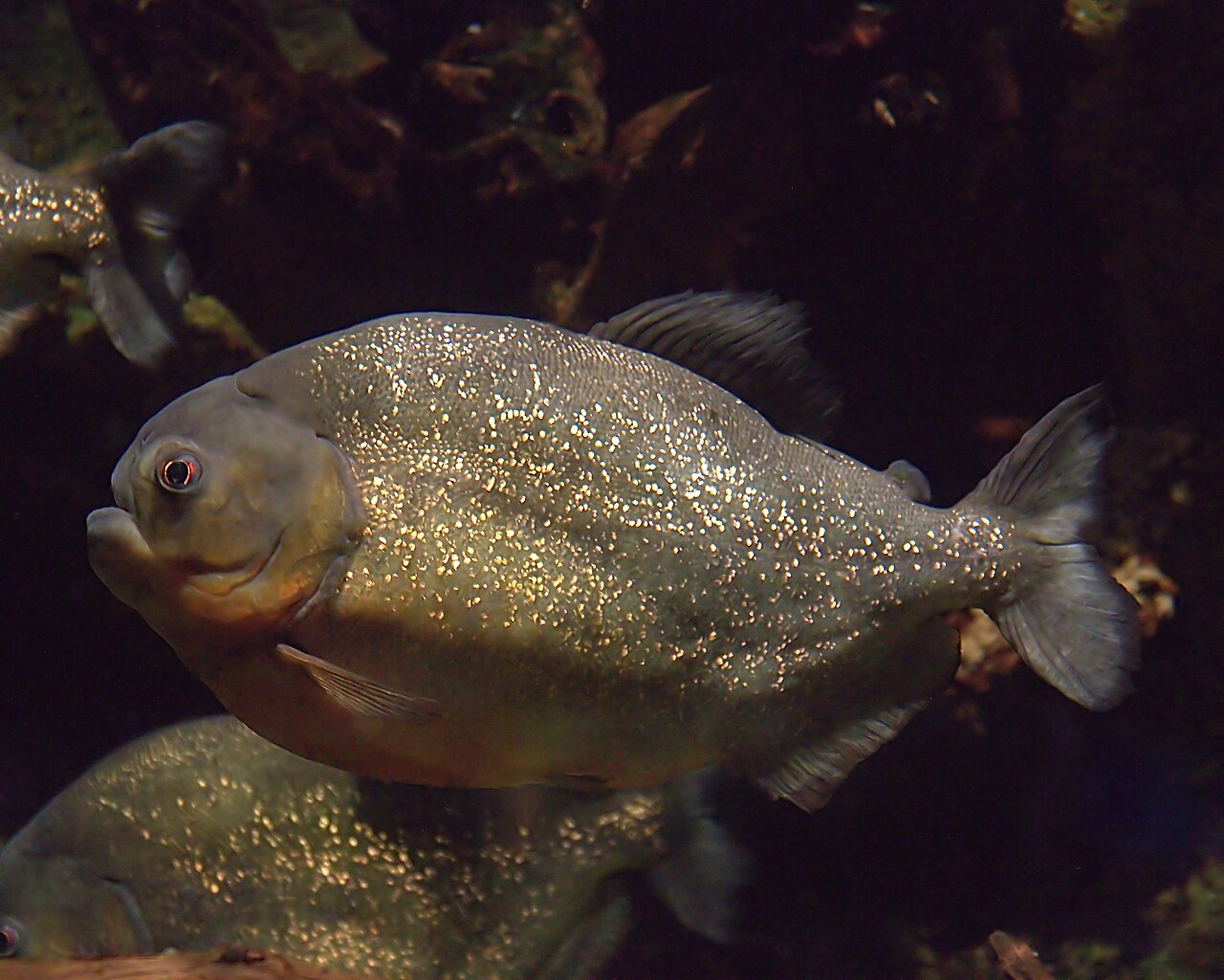
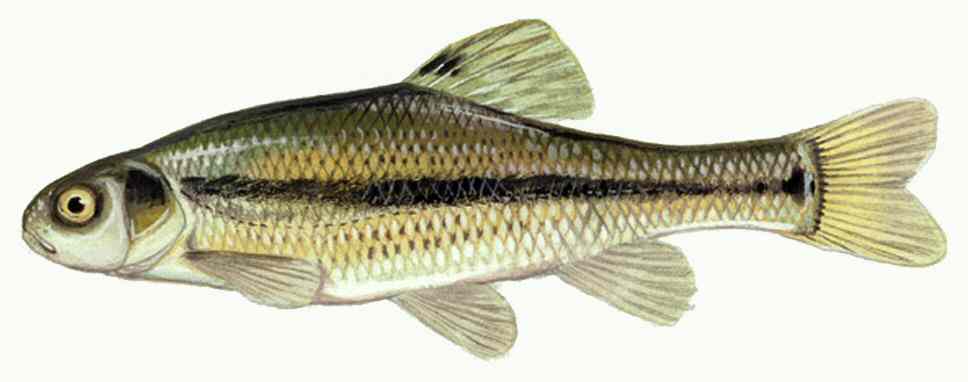 the family Cyprinidae. In Ireland they are known as pinkeens.
the family Cyprinidae. In Ireland they are known as pinkeens.
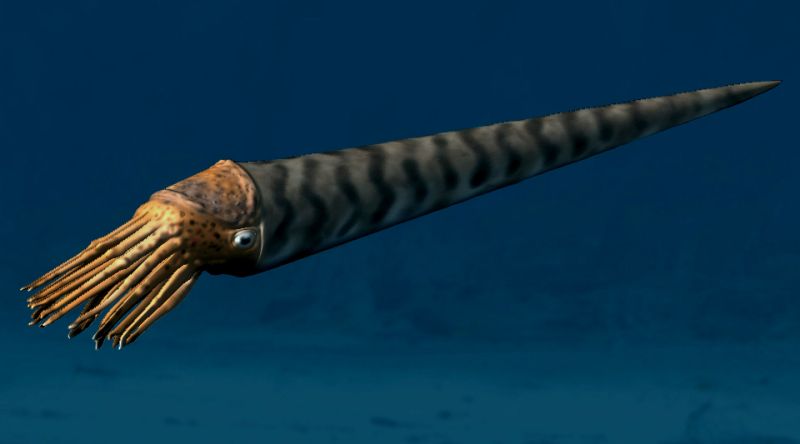 existed since the Late Cambrian and are still found today as nautiluses.
existed since the Late Cambrian and are still found today as nautiluses. 

